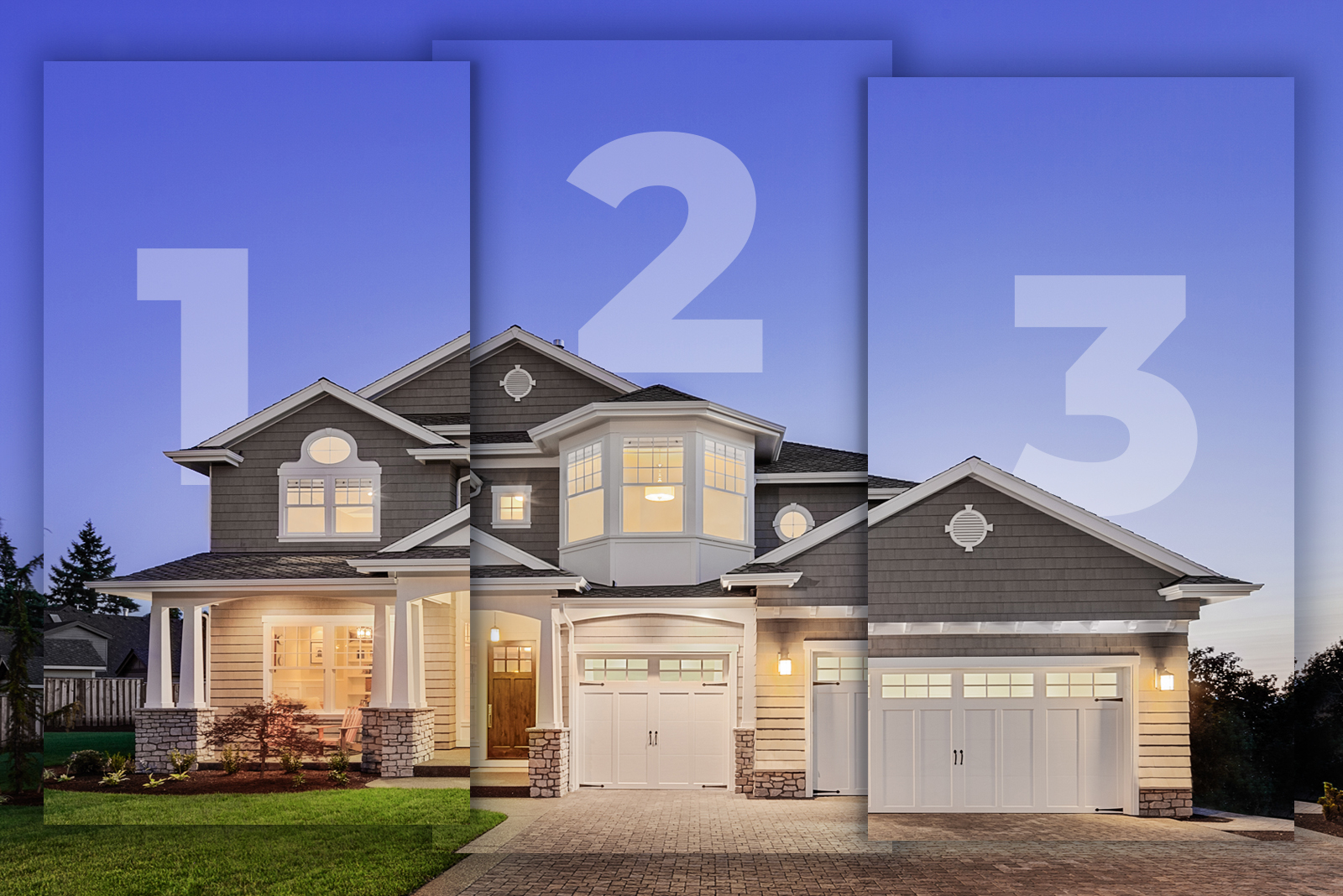When it comes to home improvement financing options, homeowners have many choices. For some, the selection may seem overwhelming — especially if the need for the home improvement is caused by an emergency repair like a leaky roof or broken HVAC unit.
Different types of financing options have different advantages and disadvantages, from ease of application to the length of time it takes to receive funds. Three of the most common home improvement financing options include home equity financing, credit cards and home improvement loans.
1. Home Equity Financing
Historically, homeowners have leveraged their home’s equity to finance improvements with home equity loans and home equity lines of credit (HELOC). These loan types typically offer attractive interest rates, because they are secured by the equity in the house itself.
The process of applying for and obtaining a home equity loan or HELOC is comparable to obtaining a first mortgage on your home. In fact, HELOCs and home equity loans are often referred to as “second mortgages.” Their approval process can be lengthy, and they require documentation like income tax returns, pay stubs and investment records, and may also require a formal appraisal. Had an appraisal recently? Even so, some HELOCs can take several months to reach approval status. Depending on your improvement project’s timeline, home equity may not be the right option due to the lengthy and comprehensive approval process.
Home equity financing may also have drawbacks for particularly ambitious home improvement projects with a higher price tag. Your home’s equity is the difference between what you could sell your home for and what you owe on the mortgage. If you’re a new homeowner and haven’t paid much toward your mortgage, the amount you’re able to borrow may not cover the costs of your home improvement project.
Home equity financing can be a great choice with low interest rates, and HELOCs (once approved) can provide flexibility to borrow only as much as the project actually demands. But they may not be ideal for projects that need to happen quickly, or if your home has little equity established.
2. Credit Card Financing
Credit card financing is another popular — and often fast — option for home improvement financing. Some prefer the speed of credit cards to pay for home improvement projects with a lower cost.
If you have the ability to pay off your credit card quickly and you’re able to access an introductory or promotional offer (like 0% APR for a determined time period), you could potentially pay for your project without ever paying for interest. However, if for any reason you are unable to pay off your balance associated with the introductory rate and within its terms, you could risk applying high interest rates to that remaining balance.
Another factor that can make credit card financing tricky for home improvement projects is the credit limit itself. According to Experian data, the average American has access to around $30,000 in credit across their credit cards. What if the cost of the home repair is more than that? Or what if the homeowner has a much lower credit card limit? That’s where a home improvement loan might be a better option.
3. Home Improvement Loans
Home improvement loans continue to gain popularity for home repair financing. When it comes to speed, home improvement loans can be much easier to apply for than home equity loans. In fact, much like credit cards, user-friendly (and contractor-friendly) fintech platforms such as Mosaic can provide homeowners with access to pre-approvals for loans in minutes, allowing your contractor to schedule your project with financing secured on the spot.
The loan limits (Mosaic’s financing options go up to $55,000) can meet the needs of smaller projects to more extensive and costly repairs. Some of the greatest benefits beyond the speed of home improvement loans are the flexible repayment terms.
Interest rates for home improvement loans typically fall in the middle of home equity loans and credit cards — and the process is fast, easy to apply for and offers long-term repayment options. Unlike credit cards, however, home improvement loans are also a good fit for homeowners that want to pay off their projects over the longer term. For example, loans available through Mosaic’s platform allow homeowners to spread out renovation costs with flexible and longer terms, with no prepayment penalties.
Affording Home Improvements
Every home will eventually need updates. Understanding different types of financing options (home improvement finance loans, credit cards, home equity loans, etc.) provides homeowners the ability to make a choice that aligns with the overall affordability of their project. The type of loan — and how fast a homeowner receives funds — might also impact the timeline for purchasing materials and scheduling the installation.
Homeowners should discuss their financing options with their contractor to find the right choice to match their project and budget.
* Home Improvement Loans through the Mosaic Platform are made by WebBank, Member FDIC, Equal Housing Lender.
